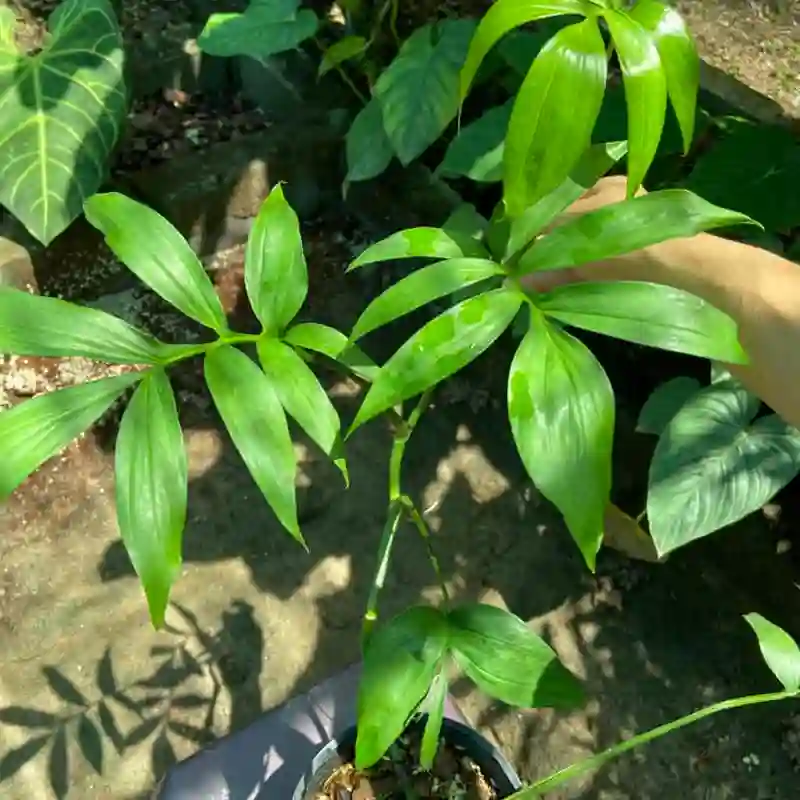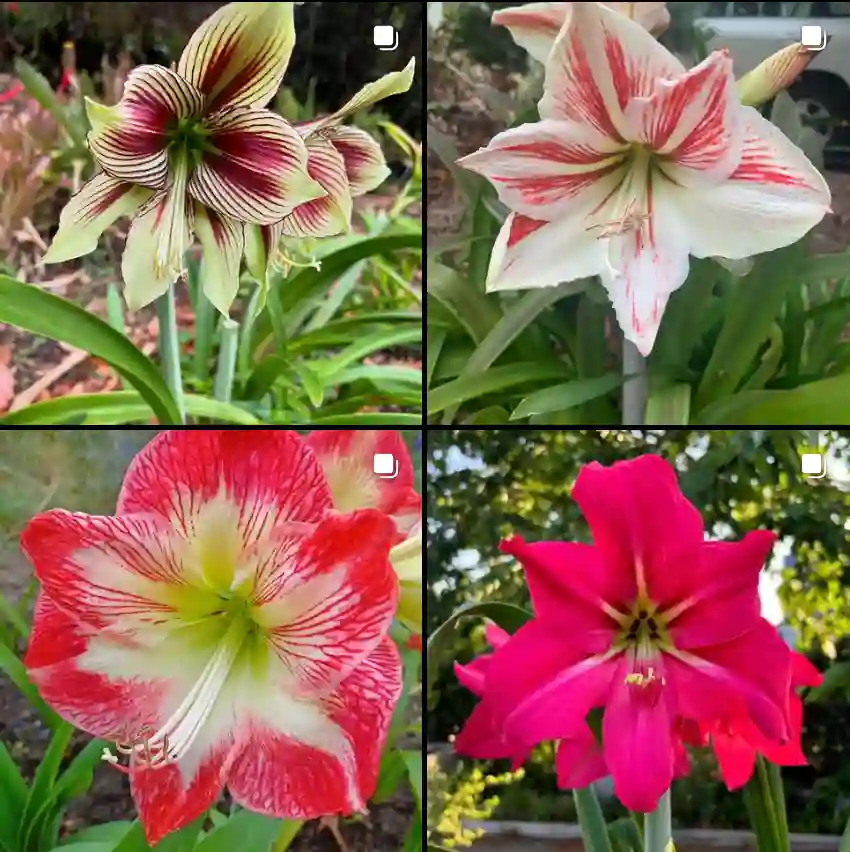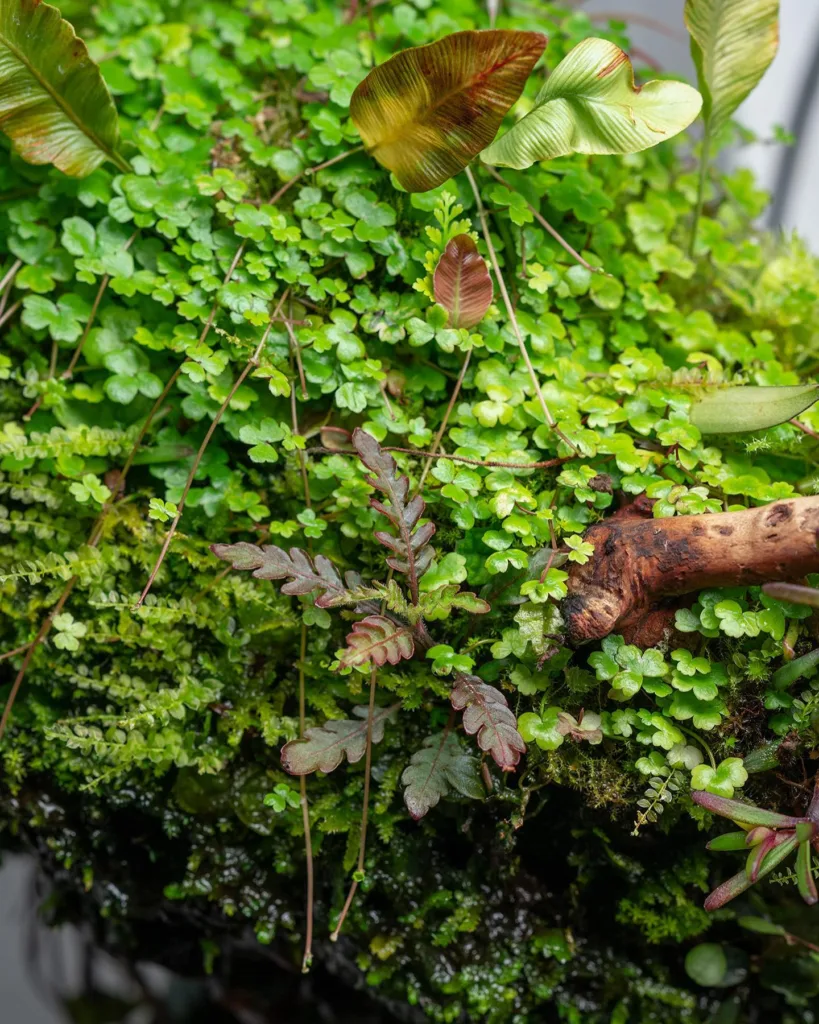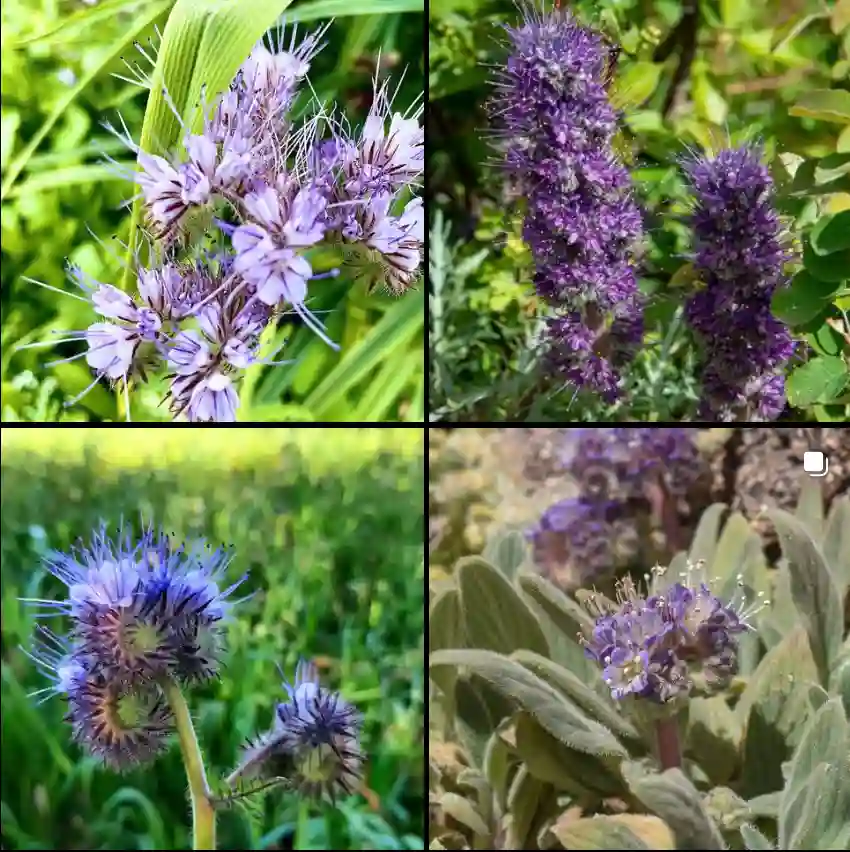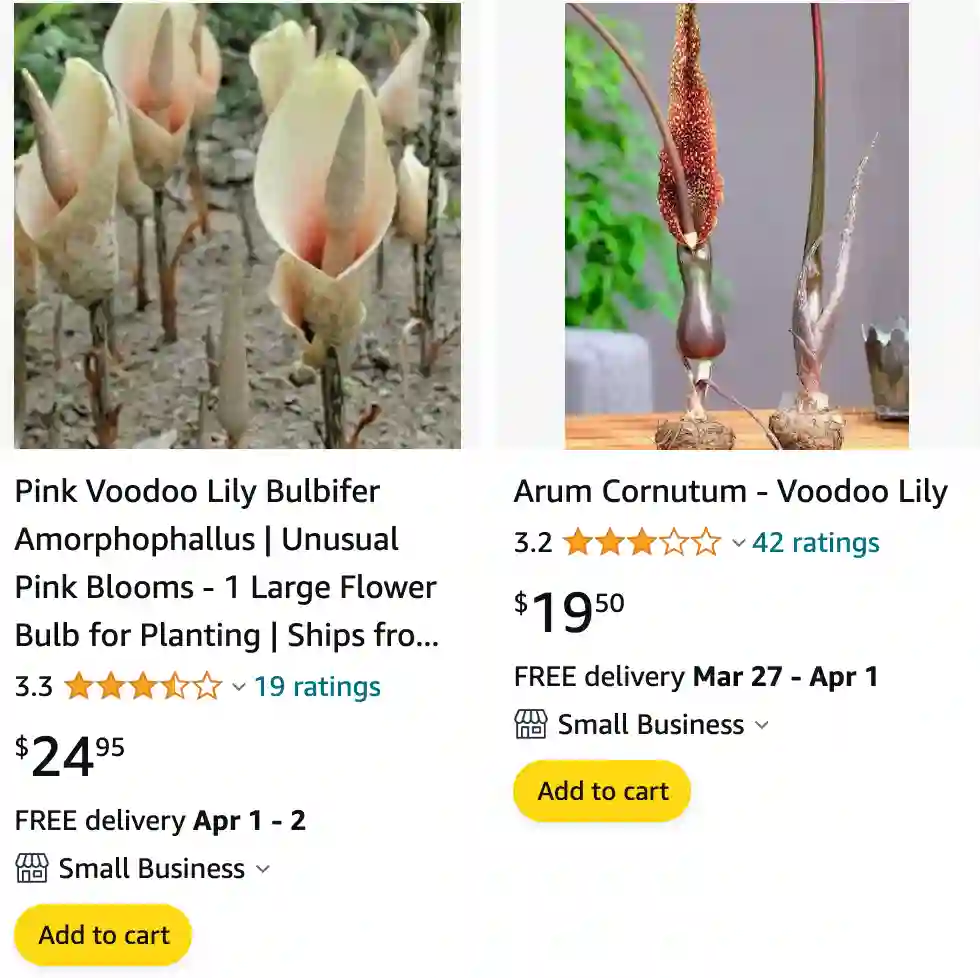
FAQs about Arum Cornutum
As a passionate gardener, I frequently encounter questions about Arum Cornutum, a unique and fascinating plant. From its cultivation to care tips, there’s much to explore about this captivating species. Here, I address some of the most common queries to help fellow enthusiasts cultivate and nurture this remarkable plant successfully.
28 Species in Genus Arum
What is Arum Cornutum?
Arum Cornutum, also known as Voodoo Lily or Dragon Arum, is a species of flowering plant native to Europe and the Mediterranean region. It belongs to the Araceae family and is renowned for its striking inflorescence and intriguing growth habits.
Voodoo Lily vs Corpse Flower
I find Voodoo Lily fascinating with its unique, mysterious bloom that emits a pungent odor, unlike anything else in my garden. Corpse Flower, on the other hand, is a rare sight; I once visited one in bloom and was amazed by its enormous size and the overwhelming stench that drew a crowd despite its repulsive scent.
How to Grow Arum Cornutum?
Growing Arum Cornutum requires attention to specific factors to ensure optimal growth and development. Here’s a comprehensive guide to cultivating this unique plant:
Choosing the Right Location
Arum Cornutum thrives in partially shaded areas with well-drained, moist soil. Select a location in your garden or indoor space that receives indirect sunlight for the majority of the day.
Preparing the Soil
Prepare the soil by incorporating organic matter such as compost or well-rotted manure to improve its fertility and drainage. Arum Cornutum prefers slightly acidic to neutral soil pH levels.
Planting Arum Cornutum
Plant the tubers of Arum Cornutum in early spring or autumn, ensuring they are buried at a depth of around 5 to 7 centimeters. Space the tubers approximately 15 to 20 centimeters apart to allow for proper growth.
Watering and Maintenance
Keep the soil consistently moist but not waterlogged, especially during the growing season. Reduce watering during the plant’s dormant period to prevent rotting of the tubers.
Fertilization
Apply a balanced fertilizer once a month during the growing season to promote healthy growth and flowering. Avoid over-fertilization, as this can lead to excessive foliage growth at the expense of flowers.
Protecting from Pests and Diseases
Monitor the plant regularly for signs of pests such as aphids or spider mites, and treat infestations promptly with insecticidal soap or neem oil. Ensure good air circulation around the plant to minimize the risk of fungal diseases.
How to Care for Arum Cornutum?
Caring for Arum Cornutum involves providing the appropriate growing conditions and regular maintenance to ensure its health and vitality. Here are some essential care tips for this unique plant:
Pruning
Remove dead or yellowing foliage as needed to maintain a tidy appearance and prevent the spread of diseases. Trim back spent flower stalks to encourage the plant to focus its energy on producing new growth.
Mulching
Apply a layer of organic mulch such as shredded bark or compost around the base of the plant to conserve soil moisture, suppress weeds, and provide additional nutrients as it breaks down.
Winter Protection
In regions with cold winters, provide winter protection for Arum Cornutum by applying a thick layer of mulch over the soil surface to insulate the tubers from freezing temperatures.
Dividing Clumps
Every few years, divide overcrowded clumps of Arum Cornutum to rejuvenate the plant and prevent overcrowding. Carefully lift the tubers in autumn or early spring and separate them into smaller sections before replanting.
What to Plant with Arum Cornutum?
Arum Cornutum complements a wide range of companion plants in the garden, adding interest and diversity to flower beds and borders. Here are some suitable companions to consider:
The lush foliage of Hostas provides a beautiful contrast to the spiky inflorescence of Arum Cornutum, creating a visually appealing display in shaded areas.
Ferns thrive in the same growing conditions as Arum Cornutum and offer a textural contrast with their delicate fronds.
The bold, architectural foliage of Ligularia provides a dramatic backdrop for the unusual flowers of Arum Cornutum, enhancing the visual impact of both plants.
The feathery plumes of Astilbes add height and color to the garden, complementing the shorter stature of Arum Cornutum and creating a harmonious planting scheme.
In conclusion, Arum Cornutum is a captivating plant that rewards gardeners with its unique appearance and ease of cultivation. By following these guidelines for growing, caring, and selecting companion plants, you can enjoy the beauty of this remarkable species in your own garden.
